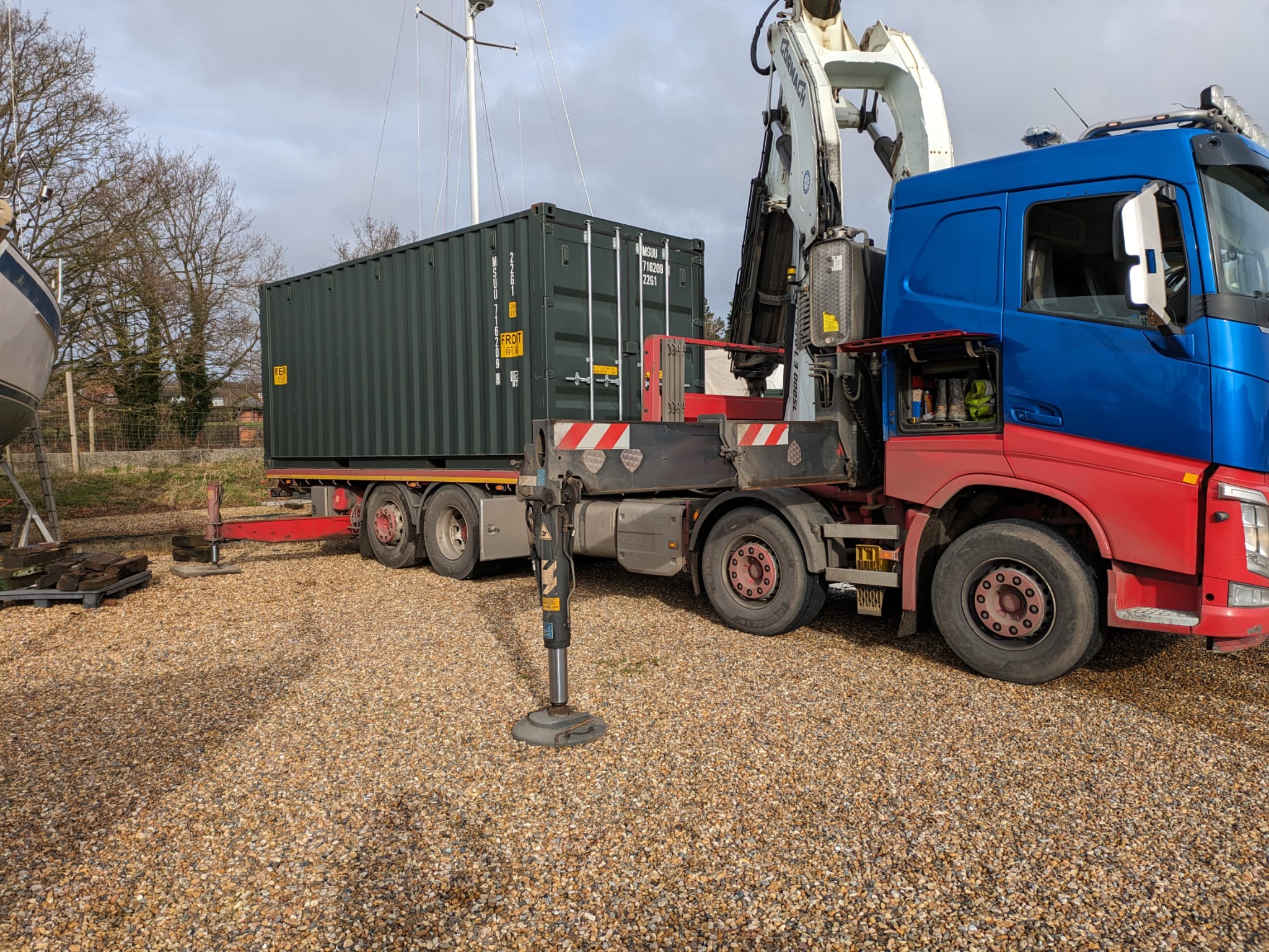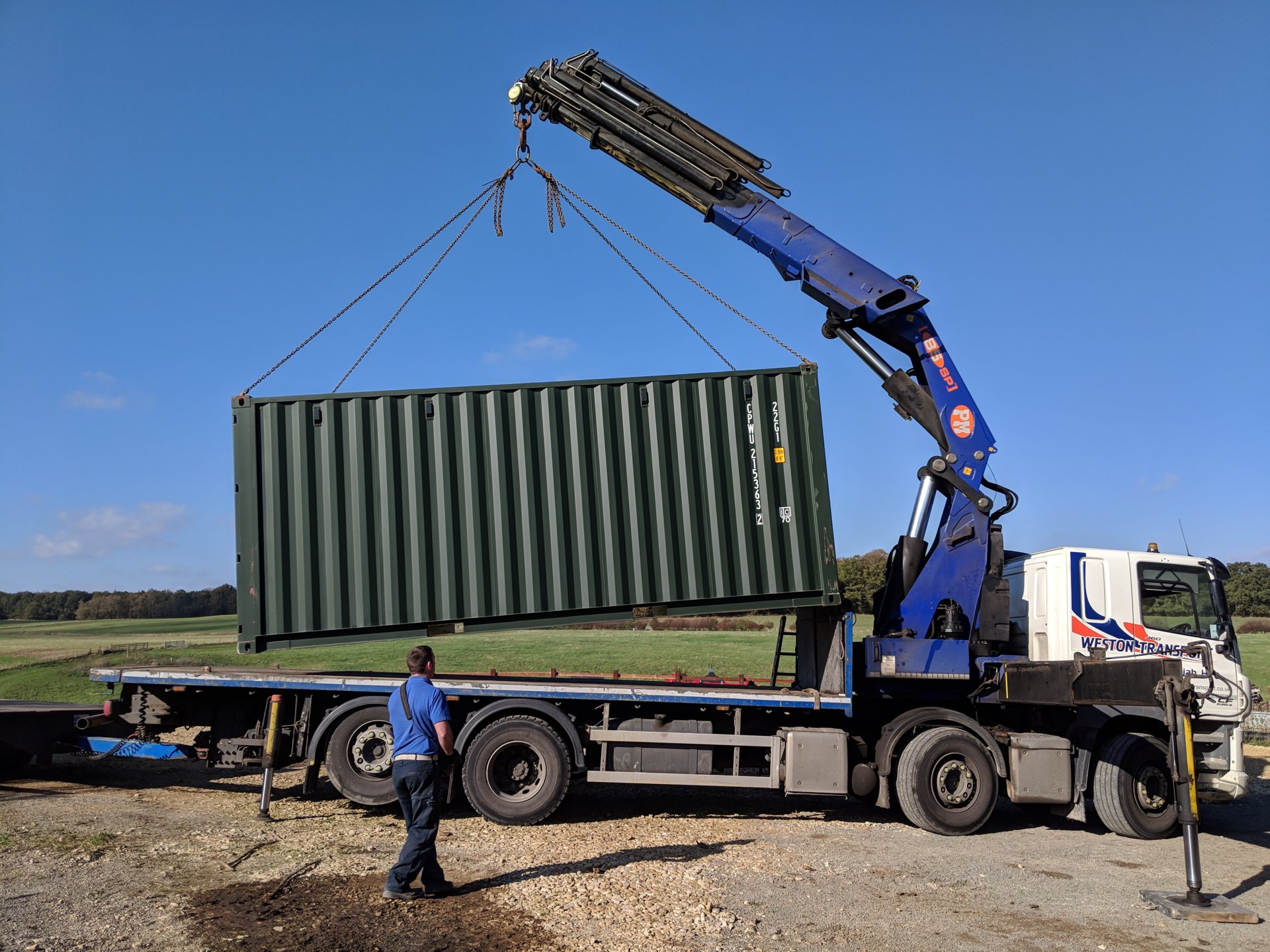How is a shipping container delivered and offloaded? A step-by-step guide
How Does Shipping Container Delivery Work? Having a shipping container delivered safely and efficiently is paramount. The delivery process is simple and straightforward for professional and experienced drivers like ours. We have been selling and renting shipping containers with delivery to your door for over 12 years. We are proud to have found a number …



